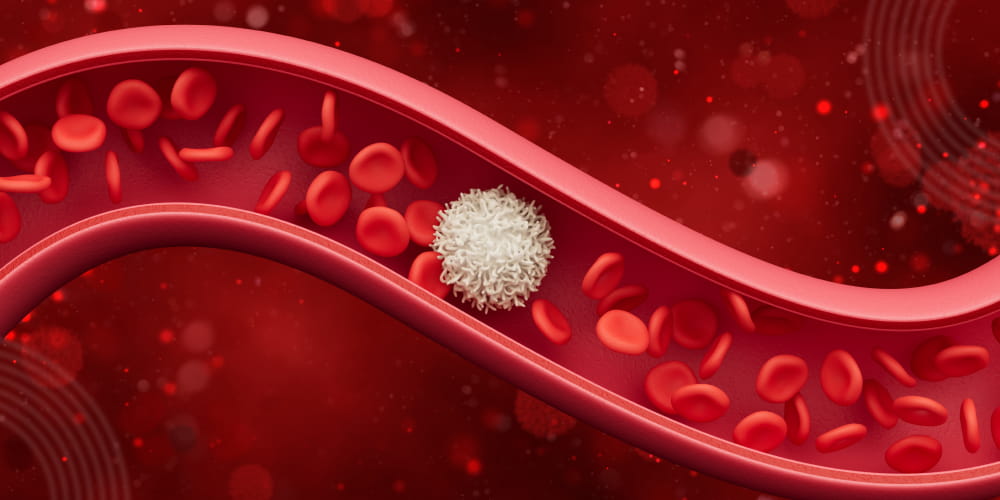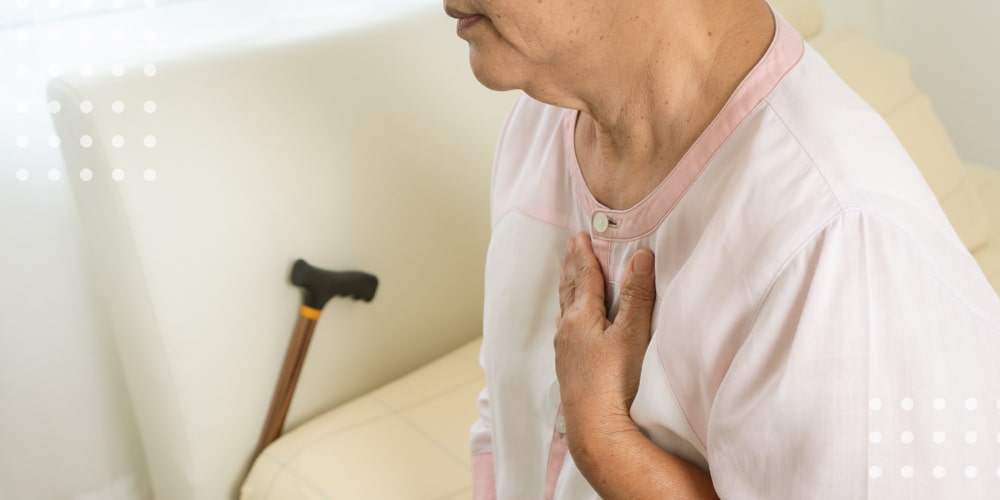One of the most dangerous comorbidities affecting people who have cardiovascular diseases is clots. Clots are made of blood that has coagulated in vessels for some reason. It could be a natural reaction for a cut, but some diseases could also cause them. Clots’ main work is to stop bleeding if a human is injured. This mechanism is necessary to protect the person from severe blood loss; otherwise, the person would die even from a small cut.
Blood clots formed for natural reasons can dissolve on their own over time, but sometimes this does not happen. When a clot forms in a vessel, it can be very dangerous because a large thrombus can clog the vessel in which it is located. Blood circulation is impaired in the area where there is a blood clot.
Also, a part of large blood clots can break off, circulate through the blood, and pose a significant danger to the patient’s life because it can clog the vessels in the vital organs, lungs, or brain. If it gets into the coronary vessels, brain vessels, or pulmonary artery, you must immediately call an ambulance.
Arterial and Vein clots
There are two types of vessels in the human body, through which blood circulates throughout the body. Blood clots form in both of them, but the symptoms and course of the disease will vary greatly.
If a blood clot forms in an artery, it is considered arterial. The peculiarity of arterial thrombi is that they cause different complications immediately; this is because the blood circulates faster in the arteries and must deliver oxygen to the cells- without oxygen, the cells begin to die. That is why, in case of symptoms of an arterial thrombus, it is necessary to call an ambulance.
Typical symptoms are :
- Sharp chest pain
- Loss of sensation in the limbs
- Paresis or paralysis of various parts of the body
- Dyspnea
Thrombi could also form in veins. This type of thrombi develops slower than the previous type, and symptoms often develop gradually, but they are still very life-threatening. Veins can be either deep or surface. Thrombi occur in both.
Deep vein thrombi
This type is caused by a variety of diseases of the cardiovascular system. It often damages the large deep veins in the limbs, arms, and legs. Although in some cases it can damage other deep veins, in rare cases, blood clots form in the vessels of the brain.
Pulmonary vascular thrombosis has the highest mortality rate. More than a hundred thousand people a year die from this complication.
Until complications and vivid symptoms occur, a person may not even be aware of his or her disease. To reduce the risk of the disease, patients should see a specialist regularly. It is also helpful to know the main symptoms of the disease; so that the person is aware of them. Knowing these symptoms will enable you to seek help in good time and avoid complications.
Sometimes the disease can be asymptomatic, and the patient will not feel any discomfort, but in most cases, the disease has characteristic symptoms. The early symptoms of the disease may also be confused with symptoms of other conditions, so you should consult your doctor if you notice them. Depending on the location of the clot, the symptoms will vary.
Thromboses in the limbs.
In most cases, thrombi develop in the extremities because blood flow in these areas is slow.
The characteristic symptoms will be:
- Swelling – the limb will be enlarged; this is particularly noticeable if the clot is in the lower extremities.
- Pain – there may be pain in the limb for no apparent reason. Pain is usually caused by exertion.
- Numbness – there may be a loss of sensation in the thrombosed area and an impaired sensitivity to temperature and pain.
- Pallor – the skin of the affected limb may differ in color from healthy areas, including redness or cyanosis.
The number of symptoms and their severity depends on the size of the thrombus. A small clot may not cause any discomfort at all, but a large clot may cause several symptoms at once. In most cases, the clot affects only one limb, either the right or the left.
Сoronary thrombosis
If a blood clot clogs one of the vessels that feed the myocardium, the heart muscle begins to die off in that area; this then leads to a heart attack. The mortality rate for this complication is high, but the patient can be saved if treated in time. Typical symptoms include:
- Chest tightness
- Pain in the heart area
- Breath disorders
- Tachycardia
It’s better to call an ambulance if you have one of them.
Blood clots in the brain
One of the most dangerous places for blood clots to reach is the brain. Blood clots in the brain can cause different symptoms depending on their location:
- Headache
- Impaired vision, hearing, speech
- Respiratory problems
- Mobility problems
A blood clot may cause all these symptoms if there is a blockage in a cerebral vessel.
Pulmonary embolism
If thrombi block one of the lung’s vessels, patients have little time to call for emergency help. If there is a complete blockage, death occurs within minutes. The characteristic symptoms are:
- Pale skin or cyanosis
- High pulse rate
- Respiratory disorders
- Cough with bloody discharge
- Pain in chest
- Shortness of breath at rest
What influences blood clots, and how to avoid their development?
Lifestyle and heredity have the biggest influence on the development of blood clots.
Lifestyle
Having an unhealthy lifestyle heightens a person’s risk of having different diseases. This kind of lifestyle contributes to blood clots, and avoiding them can help you stay healthy. These include:
- Smoking
- Alcohol use
- Lack of regular exercise
- Overcooling
- Unbalanced diet
- Comorbidities
- Taking certain medications
All of these factors dramatically increase your chances of getting sick.
Heredity
If a person is prone to developing blood clots, they should see a doctor regularly to prevent the disease from developing.












Please, leave your review
Write a comment: